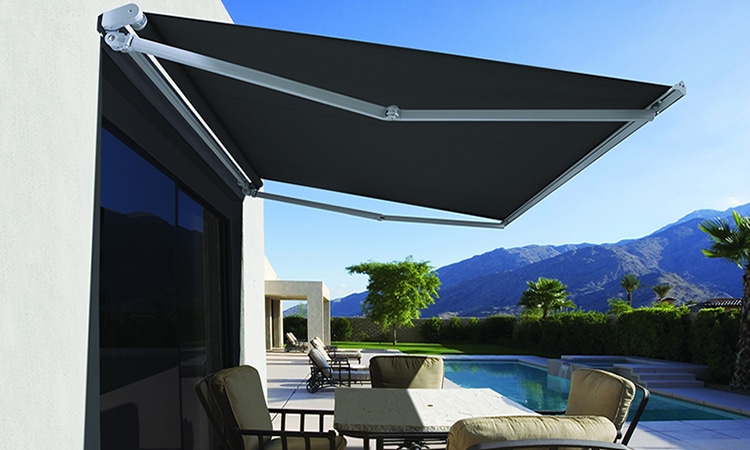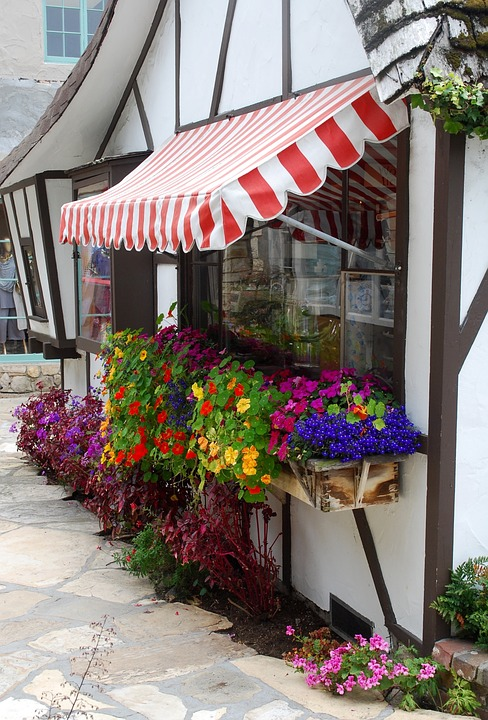The Best Strategy To Use For Architectural Metals
Table of ContentsThe Of Architectural MetalsSome Known Factual Statements About Architectural Metals Unknown Facts About Architectural Metals
Light Blocks light to lower glare and also UV rays. Reduces all-natural illumination on cloudy or dark days. Boosts power intake for artificial lights on over cast days and in wintertime. Blocks light to reduce glare and UV rays. Enables natural illumination on gloomy or dark days. Maintains power intake by enabling passive, all-natural illumination on over cast days and also in winter. Cover Product Regularly all-natural fiber (such as cotton) or plastic, which are vulnerable to fading and UV damage. Exposed to additional wear because it is permanently open. Susceptible to mildew. Expected life expectancy around 2-3 years. Solution-dyed polymers have the pigment imbued in the manufacturing, for optimum resistance to fading.

Withdrawing throughout winter and when not in use reduces damage from UV rays, wind, and also various other components. Mildew resistant. 10-year warranty, and anticipated life time of 12-15 years. architectural metals. Aluminium louvres can be adapted to give added sunlight defense as well as security from rainfall, hail storm, or snow. Have adjustable tilts at every angle between totally open and also completely closed. Are rust-resistant. Aluminium louvres have an expected life-span of 12-15 years. Threading/ Seams Polyester or cotton threads are most usual. The anticipated life expectancy is 2-3 years. PVC fabrics are heat secured, which stops separation. Solution-dyed acrylics are stitched with GORE Tenara thread, which is UV immune, mildew-resistant, and also holds up against direct exposure to salt water, acid, temperature level adjustments, as well as water.
Extruded aluminum, which is normally rust-resistant. Powder-coated, which produces a bond more powerful than painting and also offers added protection. 25-year, non-prorated service warranty on all frameworks Activity, Pitch, as well as Placement Permanently open. Open up at a dealt with angle. Tough to rearrange or to relocate to a various location. Can be unpleasant as the awning ages or as the landscape style adjustments. Can be practically undetectable when retracted, blending right into the lines of the framework. Can be completely opened up or stopped at any type of intermediate factor for precise shade insurance coverage. Can have an adjustable angle, to supply added shade coverage or to enable drainage in light rain.
The Single Strategy To Use For Architectural Metals
All also commonly, we are asked what the distinction is in between an Awning, Cover and also Marquee. For the advantage of all, listed below is a short summary recognizing each of the groups: Awning, canopy, & marquee are all terms specified in the Building Code.: owners, designers, etc. regularly confuse the terms & call whatever a 'canopy' Regulations governing awnings, canopies, & marquees are found both in the Building Code & Zoning Resolution.

The location of an awning on a structure might be above a window, a door, or over the location along a sidewalk. With the addition of columns an awning ends up being a cover, which is able to expand even more from a structure, as when it comes to an entrance to a hotel. architectural metals. Dining establishments usually use awnings broad sufficient to cover significant outdoor location for outdoor eating, events, or function. In commercial buildings, an awning is commonly repainted with information as to the name, company, and also address, hence serving as a sign or signboard along with giving color, breaking strong winds, and safeguarding from rain or snow.
What Does Architectural Metals Mean?
Awnings were initially utilized by the ancient Egyptian and Syrian civilizations. They are described as "woven floor coverings" that shaded market delays and also houses. more information A Roman poet Lucretius, in 50 BC, stated "Linen-awning, stretched, over magnificent theaters, gives you can check here forth sometimes, a cracking holler, when much't is defeated about, betwixt the posts and also cross-beams". Among the most substantial awnings in the old world was the velarium, the huge complex of retracting shade structures that can be released above the seating locations of the Roman Colosseum. Made from linen shadecloths, hardwood framework, iron outlets as well as rope, the system might successfully shade concerning one-third of the sector and also seats; another 3rd might be shaded by the high surrounding wall surfaces, supplying a majority of seats some color on a blinding afternoon.
Awnings became usual during the initial fifty percent of the 19th century. During that time they included hardwood or cast iron articles set along the pathway edge and also linked by a front cross bar. To offer support to bigger setups, tilted rafters linked the front cross bar to the structure facade. The top end of the canvas was attached to the facade with nails, with grommets and also hooks, or by lacing the canvas to a head pole bolted to the exterior. The other (predicting) end of the canvas was draped over or laced to a front bar with the side often hanging down to develop a frame.
